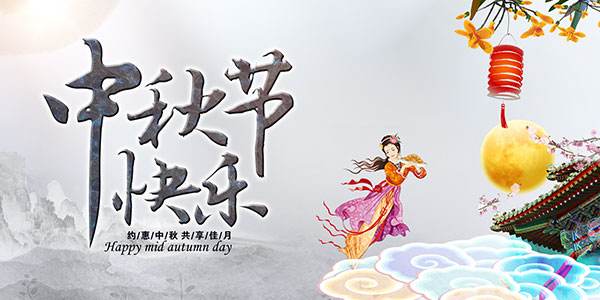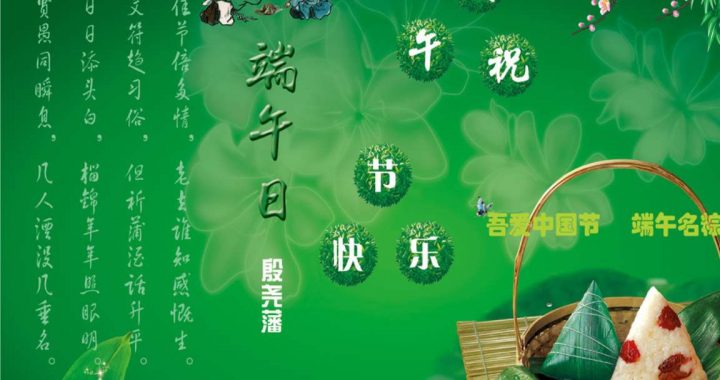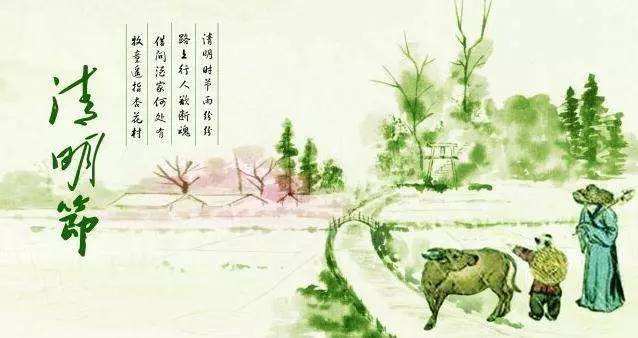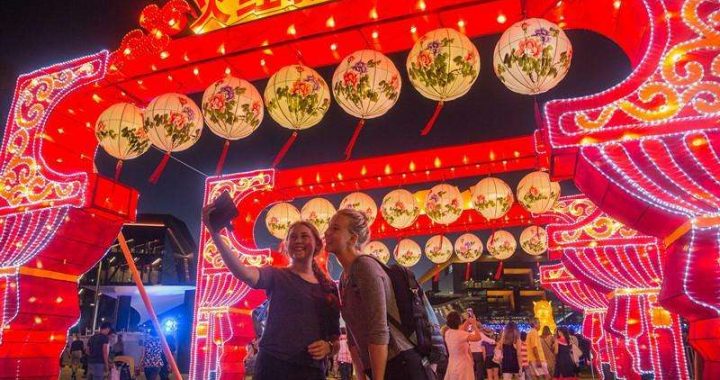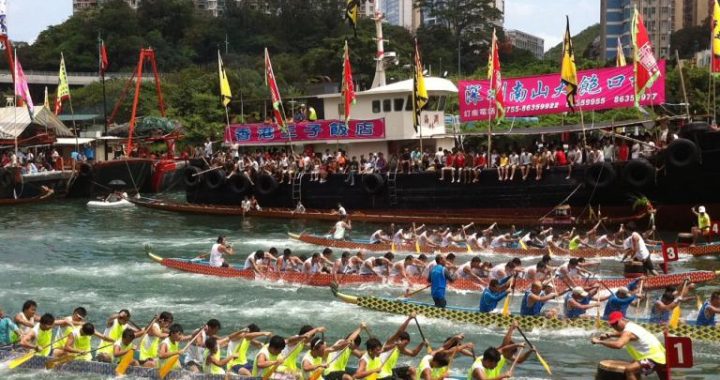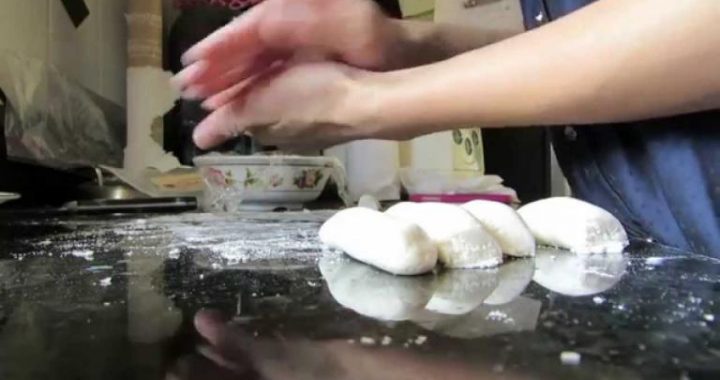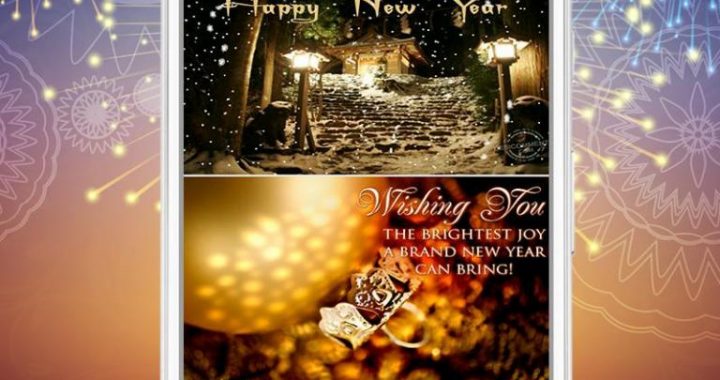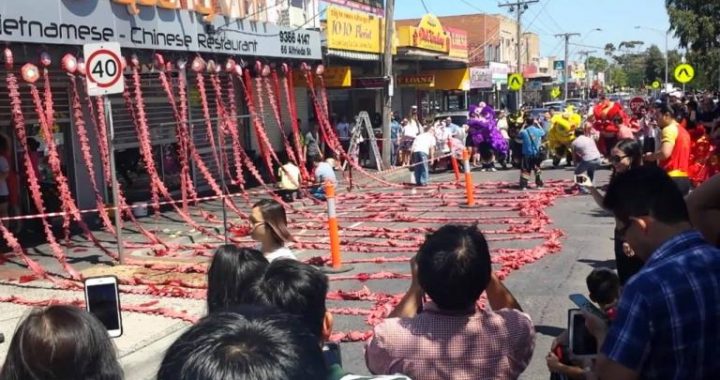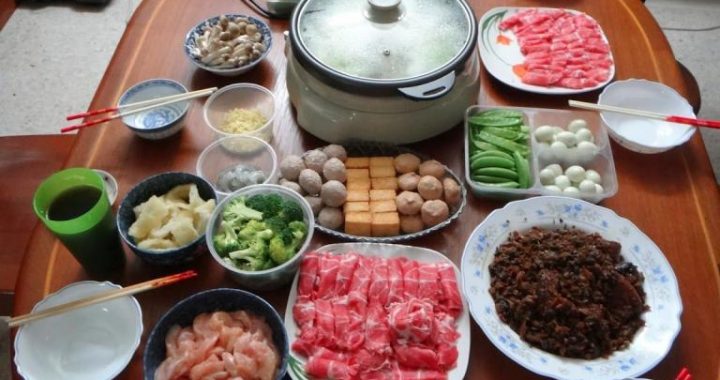Festivals and Chinese Culture
6 min readFestival culture is comprehensive,different from ordinary cultural events such as architecture,dancing and traditional opera,and can be understood and analyzed from a relatively independent perspective and knowledge system.Festivals are directly associated with human society’s two most basic cognitive categories and operation systems-time and space.In the context established by the overlapping dimensions of time and space,there are also countless ties between festivals and physical geography,modes of production,political systems,historical traditions,etc.Therefore,we must understand festivals from a comprehensive,holistic and developmental perspective.
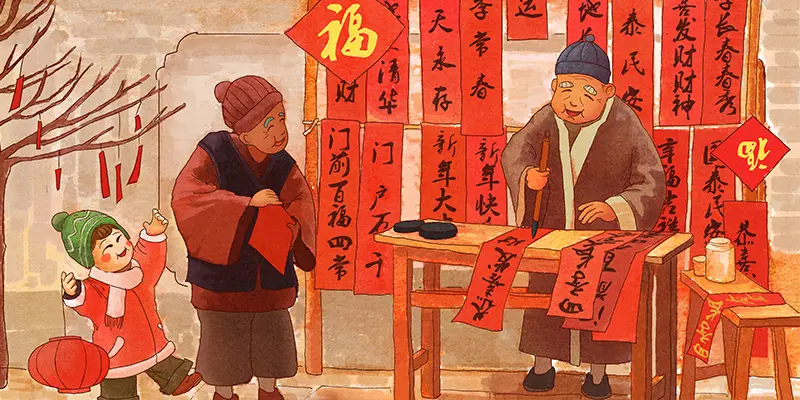
The widely inclusive Chinese festivals are important carriers of Chinese culture. They are products of long-term historical and cultural sedimentation of a country or nation, epitomizing people’s survival wisdom, the ideal home country and traditional social maintenance mechanisms as an important symbolic culture of a country or nation.
Festivals are not only origins of creation of cultural and artistic traditions, but also main carriers epitomizing, displaying and inheriting Chinese culture such as traditional opera, music, dancing and folk customs. China has a vast territory and numerous ethnic groups, various regions and ethnic groups have different historical and cultural traditions, and the forms and contents of their traditional festivals are also different. Traditional ethnic festivals integrating various traditional cultural contents such as traditional customs, religion, traditional opera, folk art forms, singing, dancing, folk arts and crafts, stories and legends with extremely abundant connotations are an important component of Chinese culture.
Religious cultures are vital importance in Chinese festivals.Global religious cultures such as Islam,Christianity and Catholicism have profoundly influenced the festival cultures of Chinese groups believing in these religions.The festival system of ten Chinese ethnic groups believing in Islam is based on Islamic doctrines.Sinicized Buddhism and indigenous Taoism not only directly brought about several religious festivals including theBuddha’s Birthday Festival on the 8th day of the 4th lunar month and the Ullambana Festival on the 151h day of the 71h lunar month,but also embedded religious doctrines such as samsara and karma and Taoist rites in numerous festivals and became origins of festivals’sacredness.Confucian thoughts such as heaven,earth,emperor,ancestors and teachers and benevolence,righteousness,propriety,wisdom and fidelity as well as ritual restrictionshave been passed down and practiced in numerous festivals.Different from institutional religions,folk beliefs formed under institutional religions’influence have exerted more extensive and profound influence on Chinese festivals.Some researchers call these folk beliefs and acts”folk religions.”Chinese folk religions are not based on religion founders and do not have provisions on religious principles,classics and doctrines,and their organizations are not groups with single religious purposes but formed with existing living organizations such as families,tribes,clans and regional societies as parents;their creeds are formed and maintained according to the above communities’common norms and ideas such as living taboos,legends and myths.3 In Chinese festivals,offering of sacrifices to gods,ghosts and ancestors and the utilitarianism and mundaneness manifested are all influenced by these folk religions.
Mulian Drama
The Mulian drama,which was originally called the Yiyang tune,originated in the Yiyang River area and used to be popular in Jiangxi,Anhui,Jiangsu and Zhe jiang,is the only type of historical and religious opera in China.The Mulian drama,named after Monk Mulian Rescues His Mother,is the most ancient type of traditional Chinese opera and can be called the earliest opera.
Ma jie Book Fair
Majie is located in Yangzhuang Town,Baofeng County,Henan Province,7.5 kilometers from the county seat.It was originally called Madudian,later was called Madujie,and was aflourishing place where merchants gathered and products were distributed in history.Every year,on the 131h day of the 1S lunar month,thousands of folk artists from all over Henan and Anhui,Hebei,Shandong,Hubei,Shaanxi and Sichuan get together at Majie with drums and musical instruments,make friends through story-telling,and show their skills of singing and playing.Folk art forms are performed at the fair,including Henan Zhuizi,Hubei Yugu,Sichuan Qingyin,Shandong story-telling with musical accompaniment,Fengyang flower-drum opera,Shanghai popular stories,Xuzhou story-telling with musical accompaniment,story-telling with tri-chord accompaniment story-telling with drum accompaniment,story-telling,Luantan,Daoqing,etc.This is the”Majie book fair”that has thrived for more than 700 years and called a wonder in China’s cultural history.
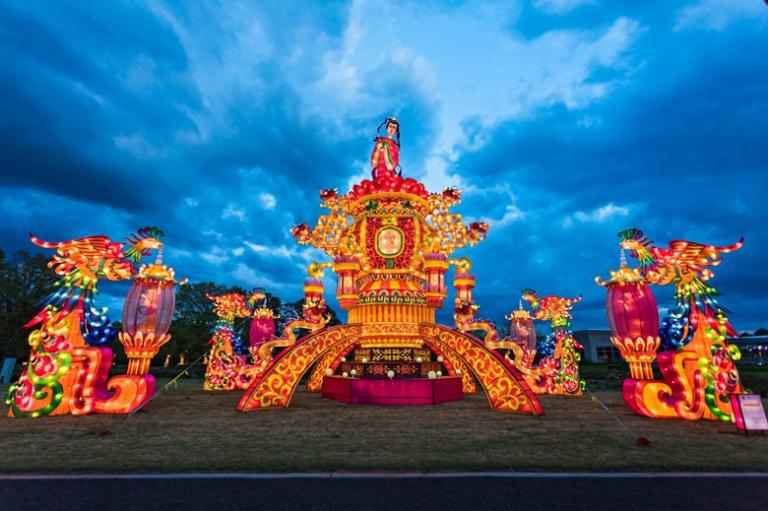
Huji Book Fair
The Huji book fair is a grand folk art gathering that emerged and is rooted in Huji Town,Huimin County,Shandong Province.Huji is the largest town in the southeast of Huimin County(called Wuding Prefecture in ancient times),Shandong Province,and fairs are organized on the 2d,7th,12th,17th 22nd and 27th days of every lunar month.The fair on the 12th day of the 1st lunar month is the first large fair after the Spring Festival every year.On this day,the Lantern Festival book fair begins as a matter of course.The Huji book fair,which rose in the Yuan Dynasty(1206-1368),peaked in the Qing Dynasty and is still held today,has a history of more than 700 years.It originated from folk artists’competitive activities,and later gradually evolved into a spontaneous folk art exchange activity in the nature of customs mainly for strengthening friendship ties.
Festivals are stages for artistic creations and artistic displays. Many Chinese art formsoriginated from ancient wizardries and rituals, accompanied the development of festivals, and gradually formed numerous dramas and skills. In view of the history of traditional Chinese opera’s emergence and development, early drama performance activities were almost all inseparable from the macro-background of festivals. Inviting troupes and watching dramas are very common activities in festivals, and different traditional dramas are performed in different festivals. Seasonal dramas are played at the Double Seventh Festival and Midautumn Festival, Mulian dramas are played on the 15th day of the 7th lunar month, and temple dramas are played at temple fairs. In Guangchang County, Jiangxi Province, there is a type of traditional dramas with theme of Lady Meng Jiang’s wailing on the Great Wall called Meng dramas performed only during the Spring Festival every year.
Festival fairs such as the Huji book fair and Ma jie book fair attract thousands of folk artists who get together with drums and musical instruments, make friends through story-telling, and show their skills of singing and playing. Chinese paper-cut art is more inseparable from the context of festivals. During every spring festival, in the northern countryside, paper cutouts of various kinds are decorated on walls, windows and house pillars, conveying happiness and good luck. If there are no joyful songs, hot dances, drumbeats and music in festivals, the appeal of festivals will be lost.A festival without art is unimaginable.
Speaking of Chinese festivals, another thing that cannot be ignored is the colorful eating and drinking culture in festivals. The eating and drinking culture includes not onlyeating and drinking, but also ideals, acts and rituals related to eating and drinking. Eating and drinking in festivals have strong local characteristics. People all over Shandong make all kinds of steamed buns during every festival. White flour is mixed into dough of different colors, and then is kneaded into the shapes of a “treasure bowl,””dragon and phoenix bringing prosperity”and “pomegranate flower,”embodying people’s good wishesand symbolizing celebration for bumper harvests, happiness, health, longevity and good luck. Some big steamed buns weigh 2 to 2.5 kilograms. Shui people in Jiuqian Town, Sandu Shui Autonomous County, Guizhou Province brew Jiuqian wine with multiple medicinal herbs before the festival, and specially make fish with chive filling for guests during the festival. Customs relate to banquets are more interesting. During the festival, Qiang people sip wine,i.e. putting a thin bamboo tube into a barley wine pot, and men, women and old people sip in turn. During the festival, Miao people put Lanmen wine in front of blockade gates. Mongolians must drink wine during festivals. Mongolian girls in splendid attire with white hada scarves and silver bowls in their hands dedicate holy wine and sweet songs to every guest. While drinking wine, one should hold the wine cup with the left hand, dip the right ring finger into the wine cup a little, and then quickly flip the finger towards the sky dip it into the wine cup again and flip it towards the earth; finally dip into the wine cup and smear it on his forehead to show respect for the heaven, earth and people and pray to the three treasures of Buddha, Dharma and Sangha.
Festivals are a highly comprehensive culture, integrating all contents from survival philosophy to secular life, and can be traced back to the history of past generations and develop visions of the future, involving the seven emotions, six desires and chief daily necessities. Festivals are undoubtedly an important window.

